AGM deep cycle batteries are built for long, slow discharges and recharges, unlike standard start batteries. It's crucial not to deplete more than 50% of the battery's capacity to avoid damage.
The Dangers of Over-Discharging
Over-discharging leads to sulfation and premature battery failure. Maintaining charge levels above 50% is essential.
Monitoring Battery Voltage
Regularly checking your battery's voltage with a watt meter or multimeter set to DC voltage is crucial for avoiding deep discharges.
The Role of Low Voltage Disconnects
Low Voltage Disconnects (LVD) play a critical role in safeguarding your AGM battery's health by automatically disconnecting non-essential electrical loads when the battery voltage drops to a predetermined level. This feature prevents the battery from being drained beyond its safe discharge limit, which is typically around 50% of its total capacity for AGM batteries. By ensuring the battery is not excessively discharged, an LVD helps extend the battery's lifespan and maintains its performance by avoiding deep discharge cycles that can lead to permanent damage and reduced capacity.
Charging Your AGM Battery
To properly charge your AGM battery, select a smart charger that delivers about 10% of the battery's total capacity. For example, for a 120 amp-hour battery, a charger providing 12 amps is suitable. Smart chargers are designed to optimally charge and maintain AGM batteries by adjusting the charge rate as needed. During the charging process, make sure that no electrical loads are connected to the battery. This precaution ensures that all of the charger's output is dedicated to recharging the battery, rather than powering connected devices, which can lead to an incomplete charge and potentially shorten the battery's lifespan.
Alternative Charging Methods
- Solar Panels: Ideal for maintaining charge levels during the day.
- In-Vehicle DC-DC Chargers: Use your vehicle's alternator to charge a secondary battery during travel.
- Generators: Always pair with a smart charger instead of using the generator's DC output to avoid overcharging.

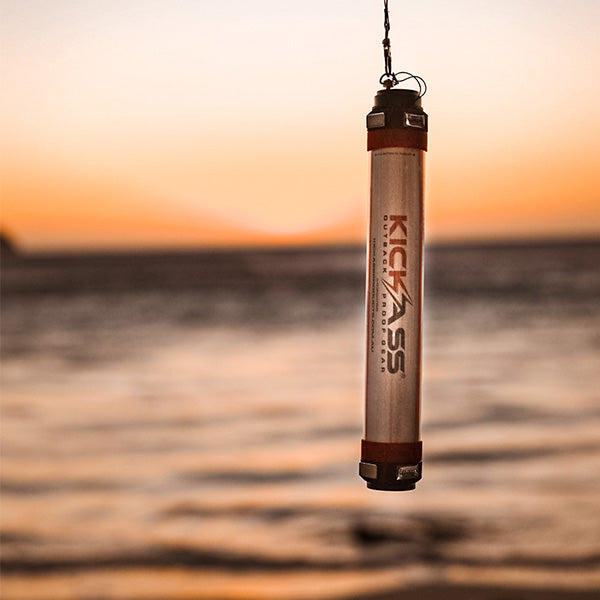
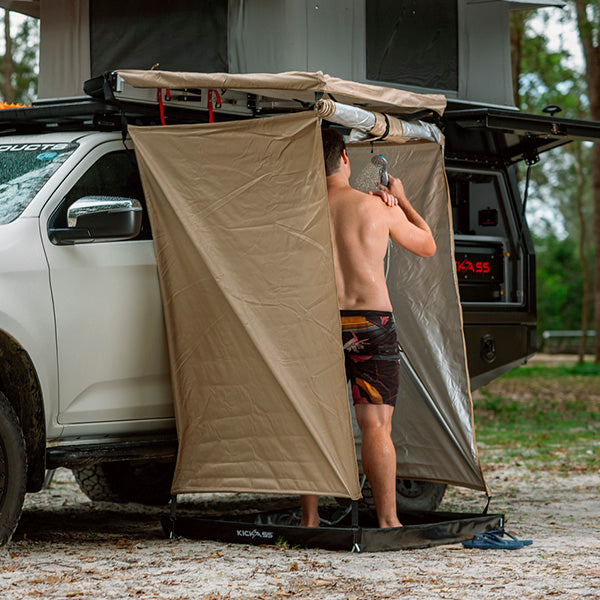
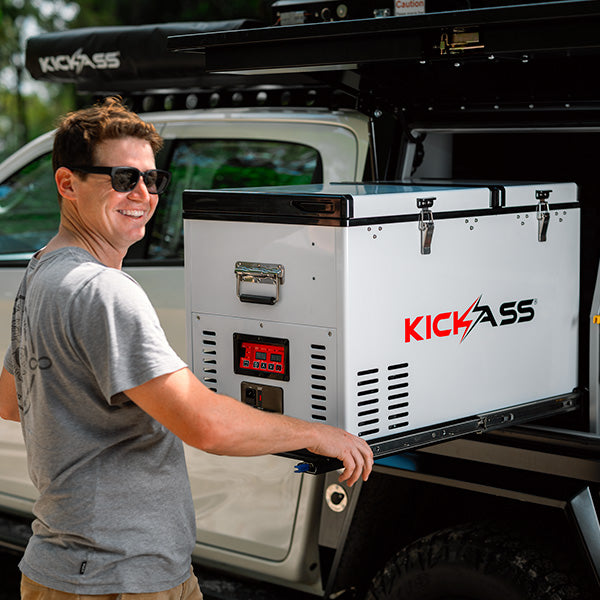
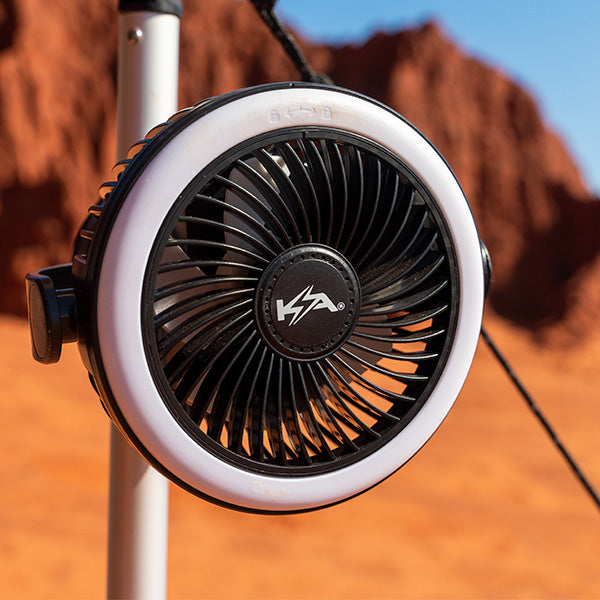

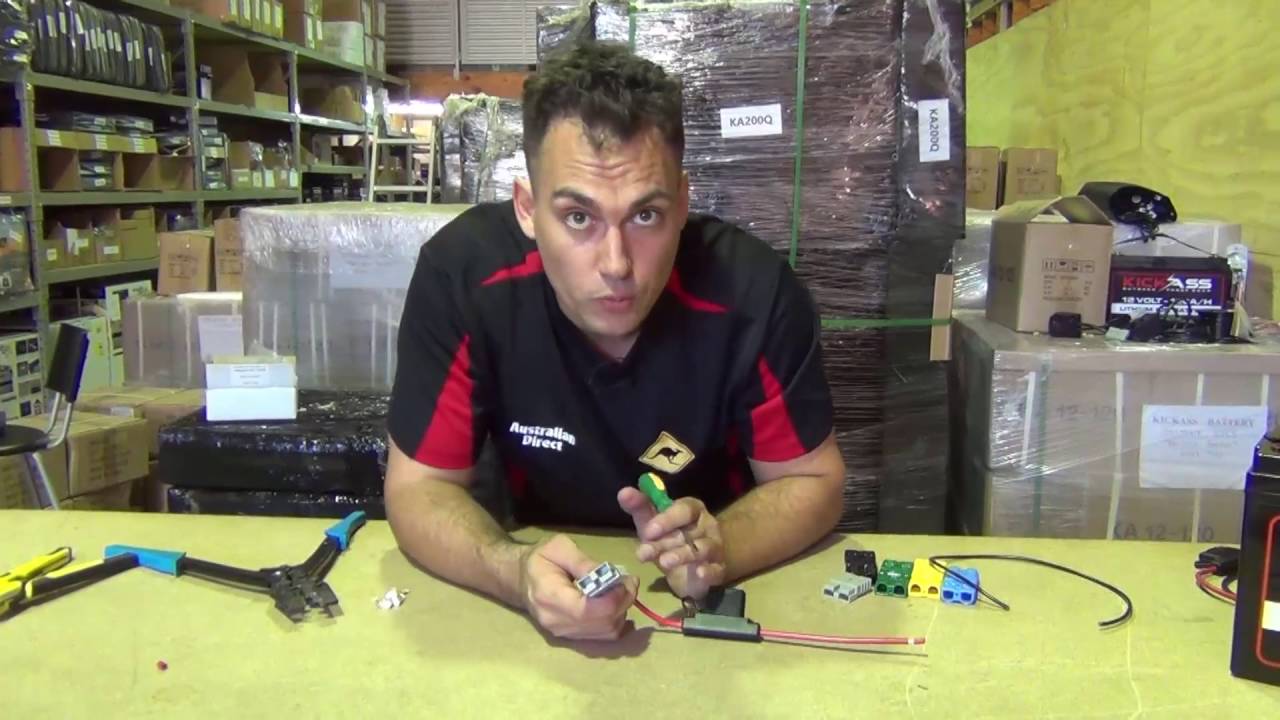

Leave a comment
All comments are moderated before being published.
This site is protected by reCAPTCHA and the Google Privacy Policy and Terms of Service apply.